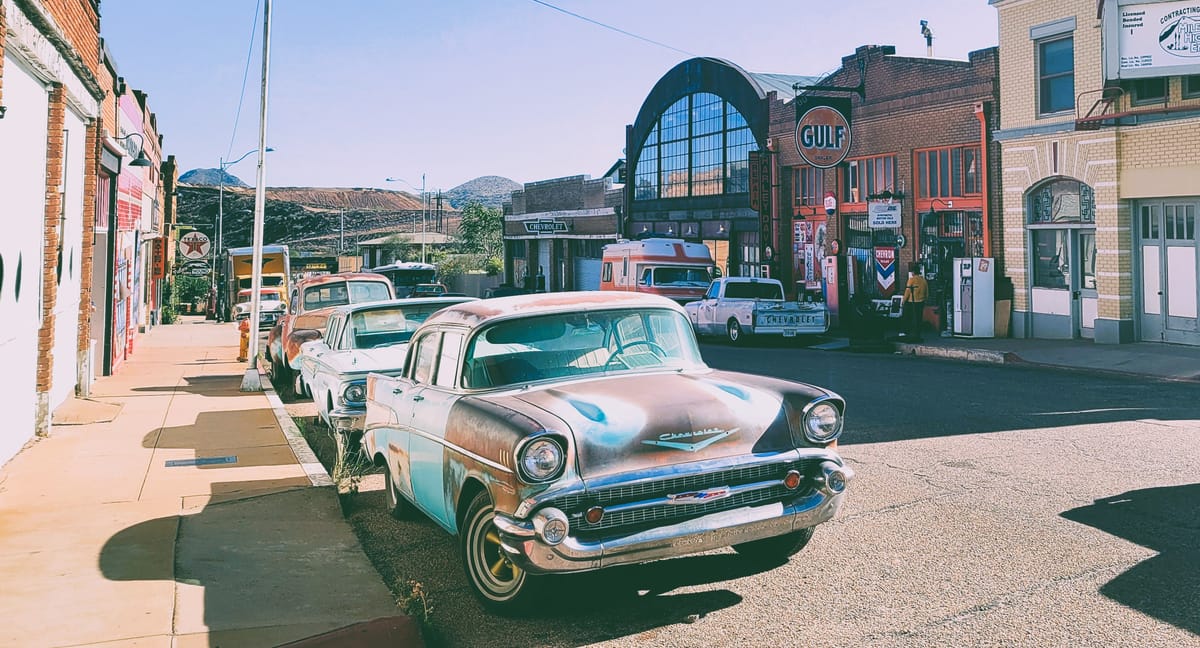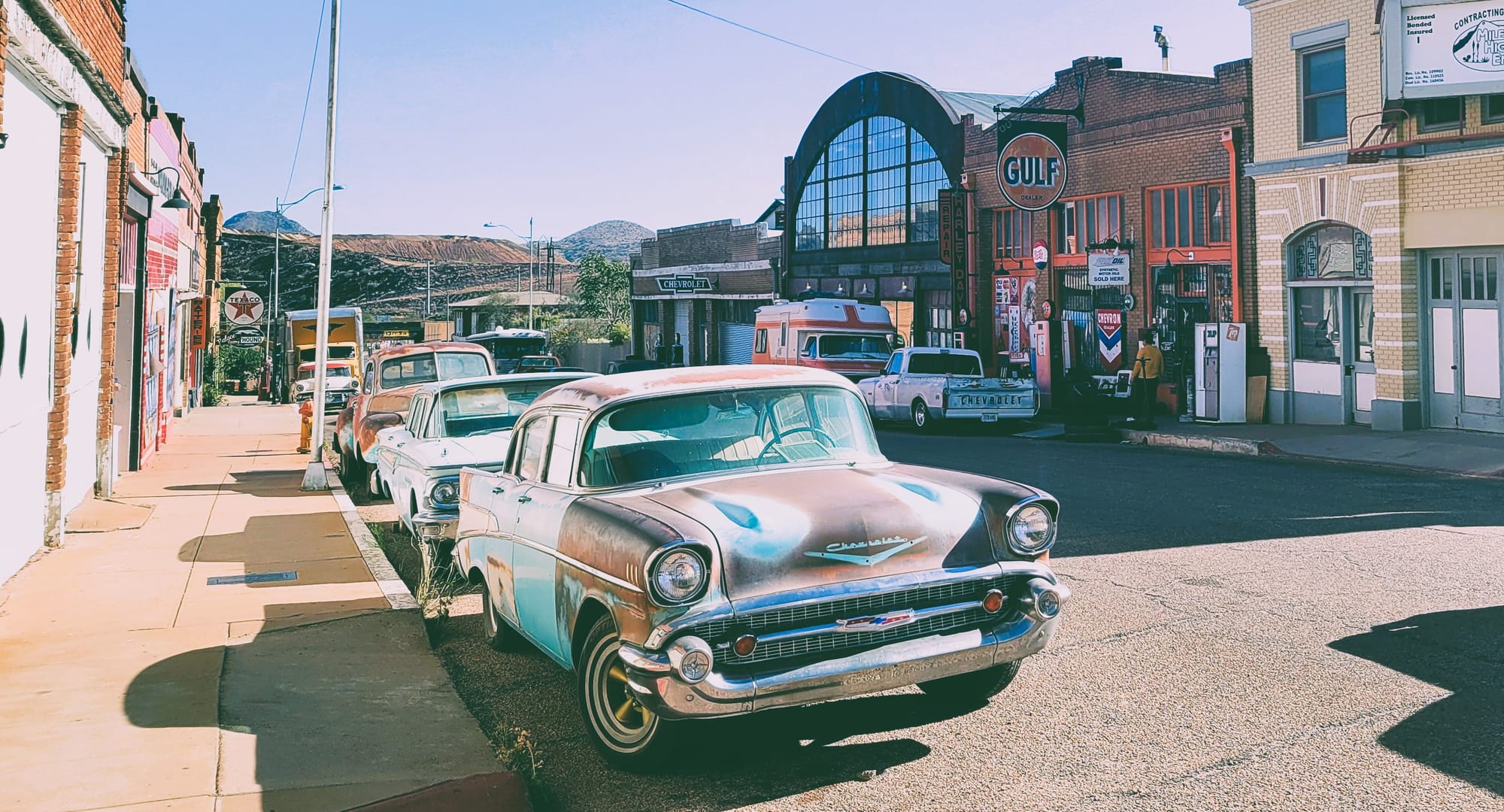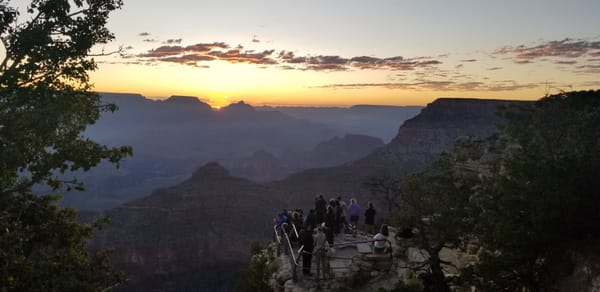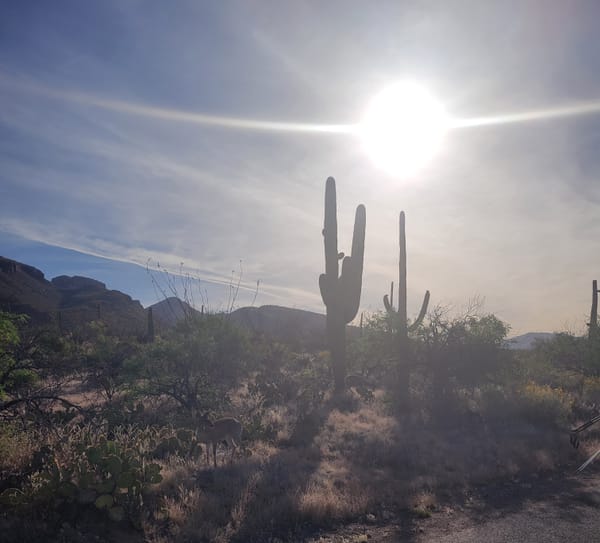5 Things You Might Not Know About Arizona History


Arizona is known for the Grand Canyon, Tombstone, and saguaros. That is the surface-level stuff. The reality is, this state has been shaped by strange events, overlooked people, and moments that never made it into textbooks. If you think you already know Arizona history, here are five stories that might surprise you.
1. There’s a World War II bomber at the bottom of Lake Mead
It is not on display in a museum nor is there a sign pointing it out. However, beneath the surface of Lake Mead, a B-29 Superfortress has been sitting there for decades. On July 21, 1948, five crew members took off for a classified radar-mapping mission. They were flying low over the lake when the plane hit the water. It skipped once, broke apart, and sank. Everyone on board survived. The bomber did not.
The wreck sat undiscovered for over fifty years. When it was finally located in 2001, it became one of the best-preserved examples of a World War II bomber in freshwater. It is about 260 feet down where you cannot see it from the surface, and you cannot dive to it unless you have special research approval.
The mission involved testing radar over Arizona and Nevada. It was part of a shift in U.S. military strategy during the early Cold War. Today, most people boat or fish near the site with no idea what is directly below.
2. Arizona had a governor who was impeached and removed from office
Arizona politics has had its fair share of scandals, but the removal of Governor Evan Mecham in 1988 still stands out. Mecham was elected in 1986 and immediately made headlines for canceling the state’s Martin Luther King Jr. holiday. He claimed the holiday was “just for one man,” and the decision sparked national backlash.
That was only the beginning. Over the next year, Mecham made a series of inflammatory comments, appointed unqualified people to key positions, and was eventually charged with campaign finance violations. He was accused of illegally borrowing money from his car dealership to fund his campaign and of trying to obstruct an investigation.
The Arizona House of Representatives impeached him on three charges. The Senate convicted him on two of them. Mecham was removed from office on April 4, 1988. He was the first Arizona governor to ever be kicked out. It was a chaotic year that left a lasting mark on how people saw the state, even if many now forget it ever happened.
3. Arizona once had a navy — sort of
In 1934, conflict erupted between Arizona and California over construction of Parker Dam on the Colorado River. The project threatened Arizona’s share of river water, which had already been allocated to California under a federal compact. Arizona Governor Benjamin Moeur responded by declaring martial law and sending National Guard troops to the dam site. They were transported via ferryboats, including one called Julia B and another tied to pilot Nellie T. Bush.
Press outlets mocked the move, dubbing it the “Arizona Navy” or calling the ferries “flagships” of the fleet. The troops stepped ashore armed. No shots were fired, but the presence forced a temporary halt to construction. A federal truce followed, though Congress eventually approved the dam in 1935 and it was completed in 1938.
This stunt remains the only time Arizona used troops on water to defend its river rights, and the only time a ferry was called a navy. Check out the short video we posted on Instagram for a quick look at the story.
4. Route 66 was almost Route 60
Most people think Route 66 was always meant to be what it became. That is not true. When the federal government began numbering highways in the 1920s, the road that would eventually become Route 66 was originally supposed to be part of U.S. Route 60. Arizona was included in those early drafts.
Then the politics started. Officials from Kentucky and Missouri fought hard to have Route 60 assigned to their preferred east–west highway. They won, and Arizona’s route got bumped to Route 66. That number ended up becoming a legend.
Route 66 became a symbol of freedom, migration, and road trip culture. It passed through towns like Winslow, Flagstaff, and Kingman. The road shaped small-town economies and gave Arizona a permanent place in American travel history. If not for that fight over a number, the “Mother Road” might have ended up as just another forgotten route on the map.
5. There is a 700-year-old ballcourt in the desert
At Casa Grande Ruins National Monument, most people focus on the massive adobe structure in the center. It is one of the oldest preserved buildings in North America. If you keep walking past the main structure, you will come across something different. It is a large shallow oval in the ground that most people overlook.
That pit is a Hohokam ballcourt. It was used for a team sport that involved a rubber ball, though archaeologists still debate the exact rules. These ballcourts were not just for play. They were used for ceremonies, trade events, and public gatherings. They were important to the community and appeared in many Hohokam settlements across southern Arizona.
The one at Casa Grande is estimated to be at least 700 years old. There is no big sign or dramatic lighting, but it is one of the oldest sports-related structures in the region, and it is hiding in plain sight.
There is a lot more to Arizona than the same facts repeated in tour brochures. Some of it is buried. Some of it is underwater. Some of it is still standing and just ignored. Whether it is a forgotten riverboat, a governor who got booted, or a game played before Europeans ever arrived, Arizona’s history is packed with stories that deserve more attention.





